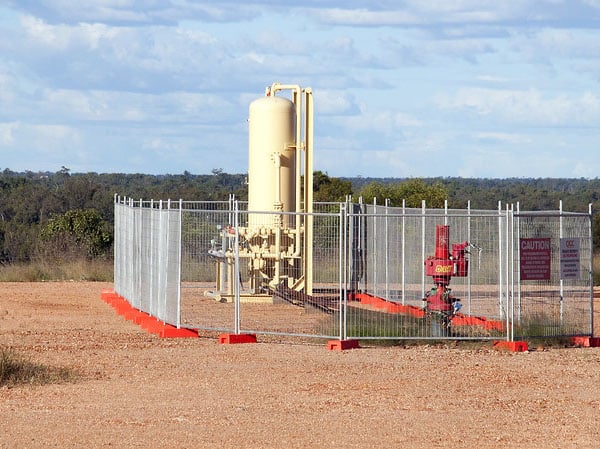Triaxial Failure (Mohr-Coulomb C and Phi)
This test involves the use of a Hoek cell to determine failure of a core under axial load with confining stress supplied by hydraulic pressure delivered via a sleeve. Failure occurs by shear at a steep angle through the core. If the core is drilled perpendicular to the bedding planes or other foliation then shear is across these. This may not represent the failure situation in the rock mass, where failure may be at some other orientation.
Triaxial Elastic (Ei, vij, ai)
This test is designed to enable the measurement of the elastic parameters of rock. It involves fitting a section of core with three strain gauge rosettes and putting it in a triaxial cell. The core is sequentially loaded with incremental axial and confining loads while the strains are monitored. The Young’s moduli (Ei) and Poisson’s ratios (vij) of the rock are derived on the basis that the rock behaves in an orthotropic manner, with one principal axis coincident with that of the core. This requires some assumptions about the behaviour of Poisson’s ratio (Gray, Zhao and Liu, 2018). If gas injection is incorporated into the test procedure, the poroelastic behaviour of the rock can be determined. The poroelastic coefficients (ai) describe the deformation of the rock brought about by fluid pressure changes. Unlike the scalar Biot’s coefficient usually used for poroelasticity, the values derived from this test process are tensors related to direction. In most sedimentary rock, the Young’s moduli, Poisson’s ratios and poroelastic coefficients are quite nonlinear, and the results are presented as isopach plots of their tangential value versus axial and confining stress. A typical test involves in excess of 100 individual stress states.


















